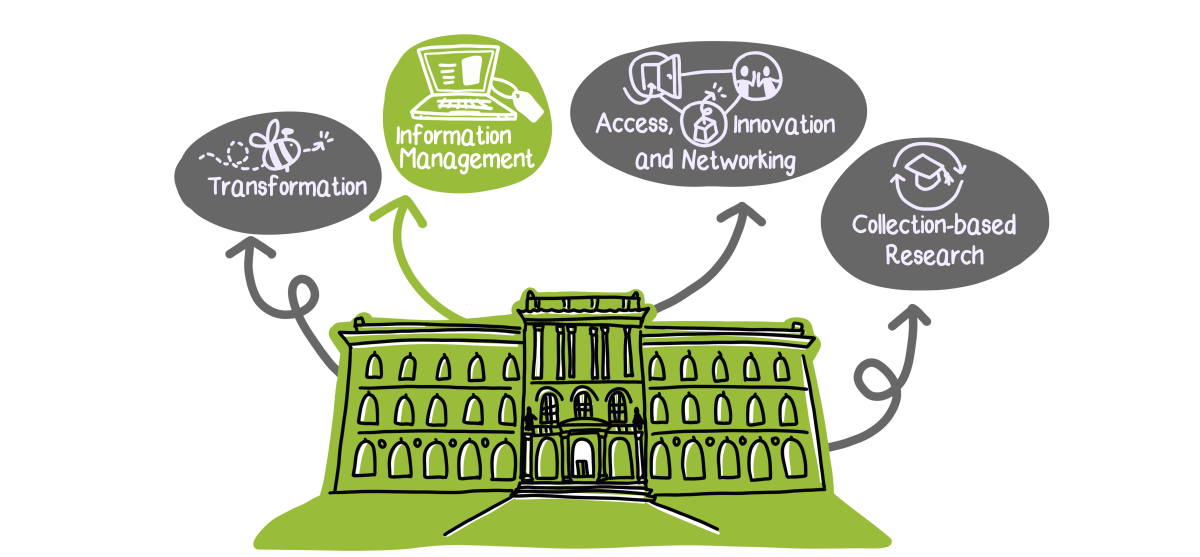
Subproject of the project Collection Discovery and Development
The existing collection data are currently stored locally. But we are also creating new digital assets and research data as part of the collection indexing process. These new data include measurements (lengths, volumes), DNA sequences, and chemical compositions. And they need to be housed in a suitable secure way that also facilitates networking and interaction between the systems. In the Information Management subproject, we’re creating the infrastructure and standards to store these data.
Our goal is to transfer all these data to the appropriate media and specialist databases. We also want to make them available to researchers and other actors via the Online Data Portal developed in the Access, Innovation, and Networking subproject and via aggregators from initiatives such as GBIF, Europeana, GeoCAse, and Biodiversity Heritage Library. We are creating structures and mechanisms to enrich the data with quality-controlled information from reference systems and user-generated knowledge. To allow the information to be networked and enriched both within the museum and on a national and international level, it must be recorded uniformly and in line with established international standards. Another goal of our subproject is long-term archiving to store the data securely, sustainably, and for a long time.
From the start, we’ve been accompanying and documenting the process of Collection Discovery and Development, including the inventory check, the relocation, and the complete digital cataloging of individual artifacts. We provide fail-safe storage, computing, and network components as well as software and database systems. Taking into account the requirements of the Collection-based Research subproject, we are working with the Transformation and Access, Innovation, and Networking subprojects to figure out how best to structure and digitally process the data. We are developing the necessary workflows, from entering and transferring the information into the databases right through to their publication in the data portal.
With our work, we are laying the foundation for the management of future natural history collections.